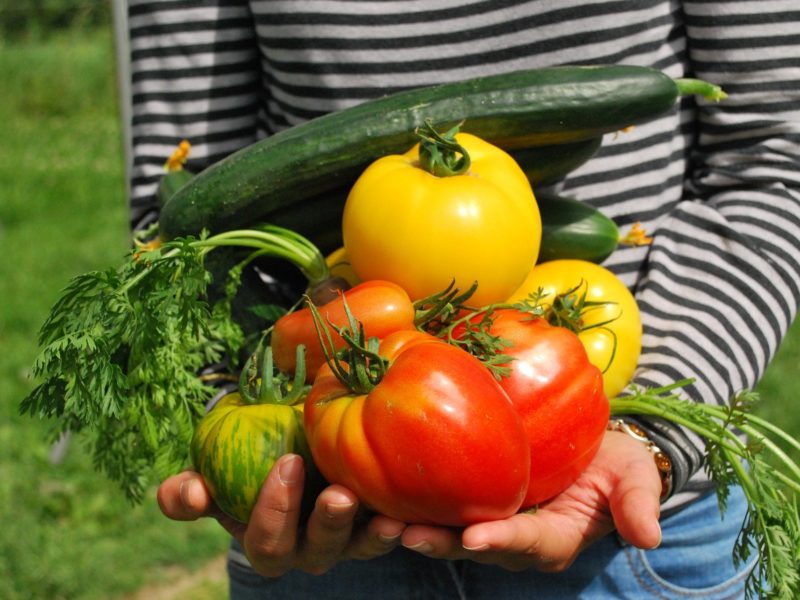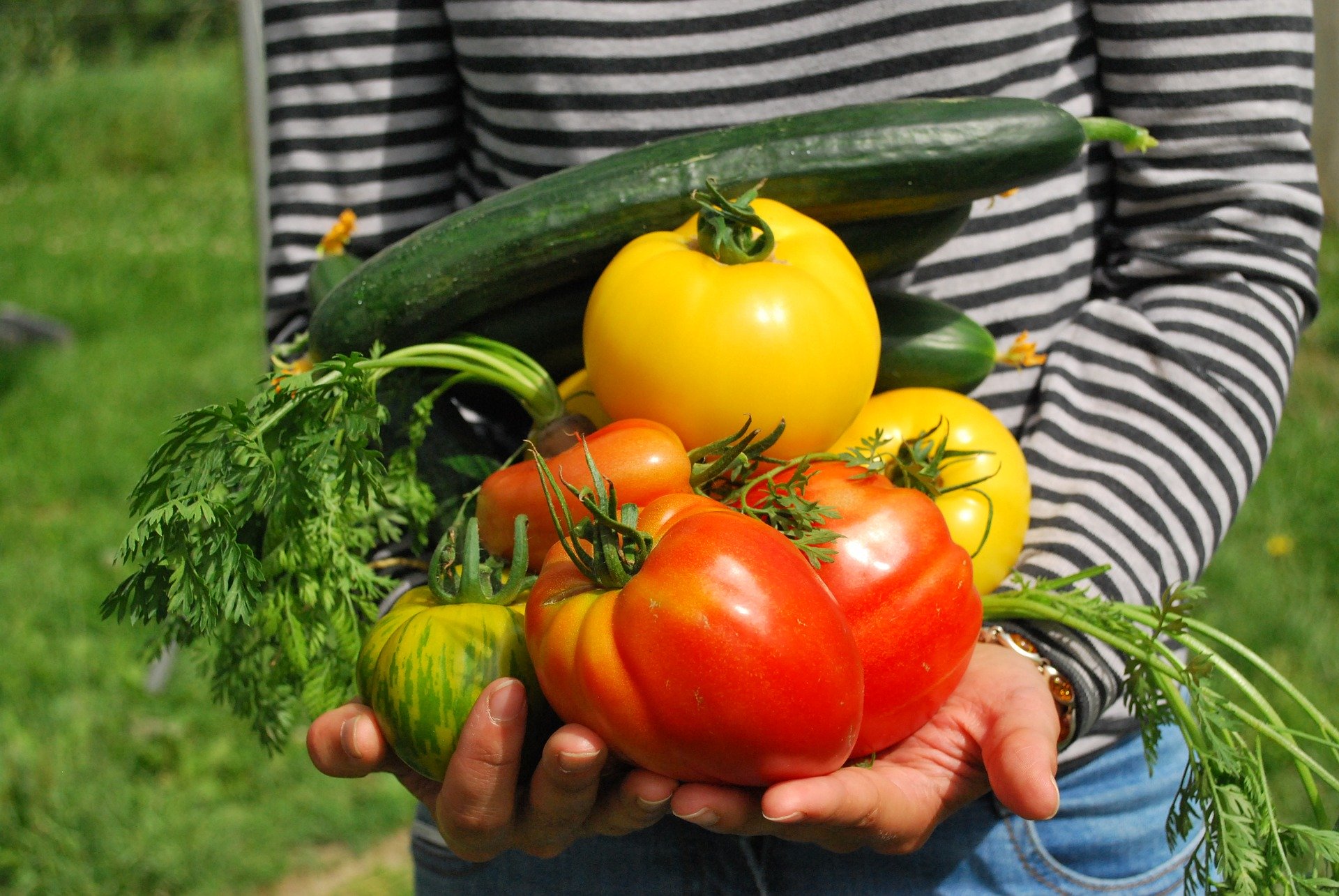Heirloom Produce.
Every summer in the 1970s I went to local farms in the late summer to pick 5 bushels of tomatoes. There weren’t enough in my own backyard garden to can a year’s worth of tomato sauce, tomato paste and tomato juice. What stood out for me is that no two tomatoes ever really looked alike. Sometimes they were even the size of my hand, and grossly misshapen by today’s standards. But the taste was incredible. Today I can only get close to the same flavor by purchasing “heirloom” tomatoes. Even the green peppers had a mind of their own.
Currently those same vegetables are labeled imperfect, ugly, or as a “misfit.” Yet sales of misshaped produce through home delivery are soaring. Hungry Harvest and Misfits Market offer organic produce, and Imperfect Foods sells both organic and conventional fruits and vegetables.
Grow Your Own.
Interested in growing misfit produce? Heirloom seeds are available from the nonprofit Seed Savers Exchange, organized in 1975. Heirloom Seeds has been around since 1988 while Baker Creek has offered both rare and heirloom seeds since 1998. Sustainable Seed Company offers 875 varieties of heirloom, organic and non-GMO seeds. And there are probably many more companies not mentioned here.
Water And A Little Detergent.
The Northwest Center for Alternatives to Pesticides’ mission is to cut pesticide use by offering resources for reducing pest problems in the garden and in the home. For instance, NCAP teaches that soap kills soft-bodied insects by dissolving their waxy coating, and they recommend making a homemade insecticidal soap using liquid castile soap and water to do just that!
Add Some Essential Oils.
Natural Living Ideas’ website provides recipes that help repel pests using the oils of rosemary, peppermint, clove and thyme. If fungus is an issue, there are also ideas on how to create an anti-fungal garden spray using essential oils. They even recommend oils that will help to attract pollinators to your garden.
Weed Control.
Not all weeds are a problem – some are edible and have medicinal properties. So, you may want to harvest rather than destroy them. TreeHugger suggests that dandelions, purslane, clover, lamb’s quarters, plantain, chickweed, mallow, wild amaranth, and curly dock can supply good sources of nutrients. If you’re not sure what these plants look like or how to use them click here.
Not ready to eat the weeds? On Toxic-Free Future’s website you’ll learn how to safely control weeds with vinegar or use soapy water for the moss on your deck (and so much more.) But if you’re still looking for an environmentally responsible product that is ready made and actually works, look no further than Garden’s Alive. Their products are safe, effective and eco-friendly.
Sustainability.
The Biggest Little Farm is a documentary about a young couple who bought 200 desolate acres of land outside of Los Angeles to develop their sustainable farm. It’s an inspiring movie. Maybe you don’t have that many acres to develop. No problem – the Natural Resources Defense Council offers information on how to invite nature in for a healthier backyard garden. It’s never too early to start planning this year’s project!
On The Topic Of Trees.
Well, maybe not the trees in your garden but simply trees in general. Here’s the scoop: Charmin, Bounty, and Kleenex have said that people aren’t calling for them to stop using wood pulp from Canada’s Boreal Forest to create their tissues. And nearly 60% of the wood pulp from these trees is shipped to the U.S. every year.
Consumers need to demand recycled content or, better yet, go with bamboo and/or sugar cane tissue products. We have used these products for quite some time now in our home. Bamboo grows 30 times faster than conventional trees and produces approximately 30 times more oxygen.
Sure, the tissue may not be quite as soft as Charmin but as I taught my 4-year-old grand-daughter just yesterday – our tissue doesn’t chop down trees in the forest. She got it! She understood! Watch the video on why we need to protect the Boreal Forest and then take a chance on toilet paper, facial tissue, and paper towels made from bamboo or sugar cane!



 Raining Plastic
Raining Plastic
Thank you, Cindy, for all of your hard work of gathering this (and other) great information and for sharing. You are an Awesome teacher! Missed you at Elevate 2020 but understand why you weren’t there. ❤️ Stay Well, my friend! ❤️
Thank you, Jan, for your very kind words. Stay safe during this unprecedented time!